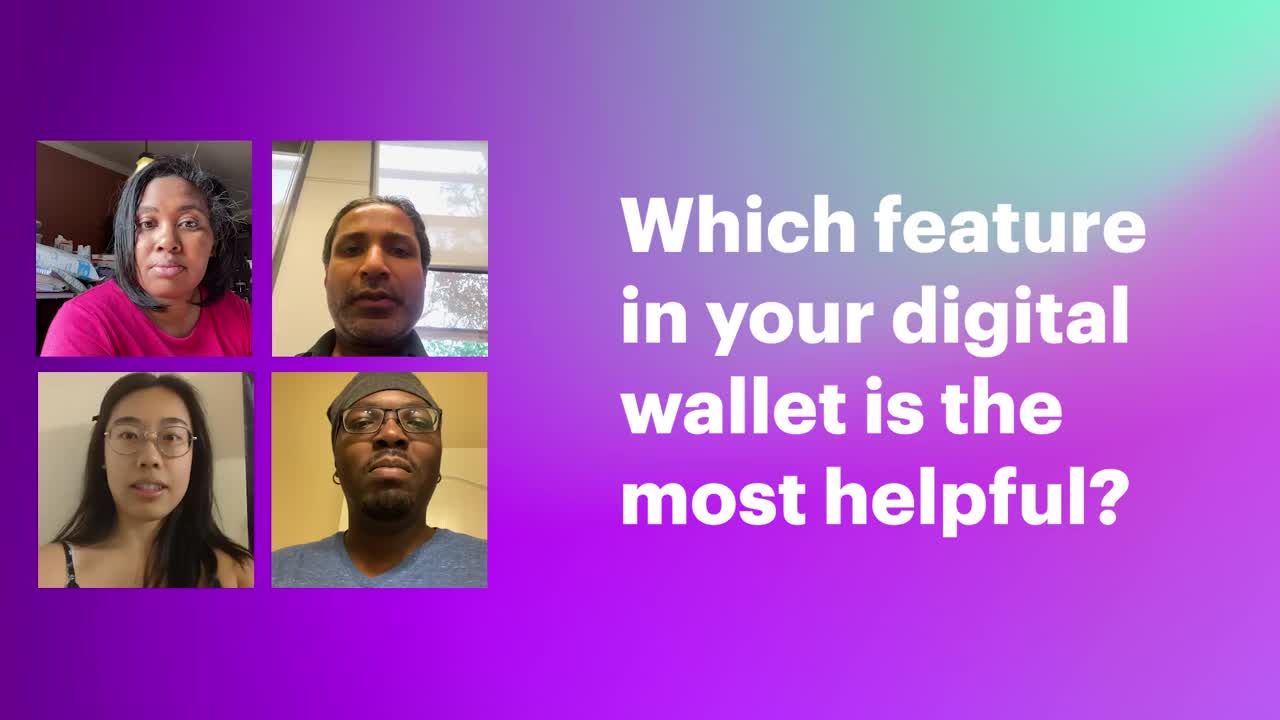RESEARCH REPORT
Payments gets personal—strategies to stay relevant
5-MINUTE READ
December 11, 2022
RESEARCH REPORT
5-MINUTE READ
December 11, 2022
The latest global payments consumer survey from Accenture reveals that next-gen offerings like digital wallets, account-to-account (A2A) and buy now, pay later (BNPL) are rapidly gaining share—and more disruption is coming from biometrics, machine-to-machine and metaverse payments.
Cash is still dominant, but digital wallet adoption is soaring.
Q: Which of the following payment methods do you use at least 5 times per month?


Digital wallets, for example, are more commonly used than credit cards globally. This might seem surprising, but it lines up with the consumer enthusiasm our research found for frictionless payments solutions like digital wallets, which offer flexibility, speed and ease of use—without sacrificing security.

Next-gen payments have taken off online, but a similar trend is apparent with in-person. Our research projects that in-person usage of next-gen payment methods will double over the next three years.
9%
Currently use next-gen payments as the primary in-person method
20%
Will use next-gen payments as the primary in-person method by 2025
The arrival of these new payments methods is accompanied by new competitors. Our analysis found that those banks slow to invest in next-gen payment options could lose up to $89 billion in revenue between now and 2025.
In turbulent economic times, banks have traditionally had an ace in the hole—consumer trust. That holds true today, but banks can’t count on trust alone for a competitive edge.
Our research found that customers are still willing to try payments solutions from fintechs and other newer players, even if they trust them less. That’s especially true when they are frustrated with their bank’s payments experience or if they have needs their banks are not addressing.
The challenge before incumbent payments players is clear: make it safe for consumers to pay anywhere, anytime, anyhow. To achieve this, they can pursue one or more of the following strategies.
Whatever strategy they choose, now is the time for payments players to put a stake in the ground that will ensure their future growth and relevance.
To learn more about the future of consumer payments, read “Payments Gets Personal”, a report based on surveys of more than 16,000 consumers in Asia, Europe, Latin America and North America.
Our survey found digital wallets to be the most popular next-generation payments option right now, though account-to-account (A2A) and buy now, pay later (BNPL) are also rapidly gaining share. Expect further disruption from biometrics, machine-to-machine and metaverse payments.
A digital wallet is an application that allows payment from a mobile device with no card present. Users can authenticate their smartphone or watch and then leave their wallet at home.
A2A involves moving money directly from one account to another without the need for additional intermediaries or payment instruments such as cards.
BNPL is a short-term financing option that enables consumers to make instant purchases and pay for them in the future, often interest-free and usually in installments.
A super-app is a mobile or web application that provides multiple services, including payment and financial transaction processing. It is a self-contained commerce and communication online platform that embraces many aspects of personal and commercial life.